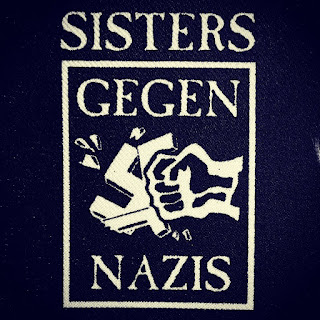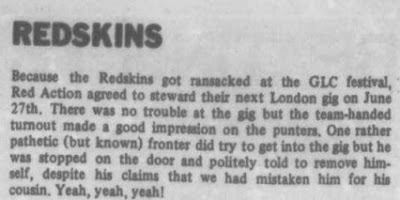An antifascist prisoner in pre-trial detention in Hungary has begun a hunger strike. Maja T. was extradited from Germany in June 2024 accused of taking part in an alleged attack on neo-Nazis at the far-right ‘Day of Honour’ commemoration in Budapest in 2023. They have been held in solitary confinement ever since - seemingly due to them identifying as non-binary.
Budapest Antifascist Solidarity Committee has published Maja's statement:
'My name is Maja. Almost a year ago, I was unlawfully extradited to Hungary. Since then I have been held here in inhumane prolonged solitary confinement. Yesterday, on 4 June 2025, a decision was to be made on my application to be transferred to house arrest. This decision was postponed. The last applications for transfer to house arrest were rejected. I am no longer prepared to endure this intolerable situation and wait for decisions from a justice system that has systematically violated my rights over the last few months. I am therefore starting a hunger strike today, 5 June 2025. I demand that I be transferred back to Germany, that I can return to my family and that I can take part in the trial in Hungary from home.
I can no longer endure the prison conditions in Hungary. My cell was under video surveillance 24/7 for over three months. I had to wear handcuffs outside my cell at all times for over seven months, sometimes even in my cell, whether I was shopping, making Skype calls or during visits.
The prison guards inspect my cell every hour, even at night, and they always switch on the lights. I have to endure intimate body searches, during which I have to undress completely. Visits took place in separate rooms, where I was separated from my family, lawyers and official representatives by a glass partition. During cell checks, the prison guards left a complete mess behind. The structural conditions prevent me from seeing enough daylight. The tiny courtyard is made of concrete and is spanned by a grid. The temperature of the shower water cannot be regulated. My cell is permanently infested with bedbugs and cockroaches. There is no adequate supply of balanced and fresh food.
I am also in prolonged solitary confinement. I had no contact with any other prisoners for almost six months. To this day, I see or hear other people for less than an hour a day. This permanent deprivation of human contact is deliberately intended to cause psychological and physical harm. That is why the European Prison Rules of the Council of Europe provide for ‘at least two hours of meaningful human contact per day’. That is why ‘prolonged solitary confinement’, the confinement of a prisoner for at least 22 hours a day for more than 15 days, is considered inhumane treatment or torture according to the United Nations‘ Nelson Mandela Rules. Here in Hungary I am buried alive in a prison cell and this pre-trial detention can last up to three years in Hungary.
I should never have been extradited to Hungary for these reasons. The Berlin Court of Appeal and the LINX special commission of the State Criminal Police of Saxony planned and carried out the extradition, deliberately bypassing my lawyers and the Federal Constitutional Court. On 28 June 2024, a few hours after my extradition, the Federal Constitutional Court ruled that I could not be extradited for the time being. On 6 February 2025, it ruled that my extradition was unlawful. Since then, none of those responsible have been held accountable. There has been no justice for me so far.
With my hunger strike, I also want to draw attention to the fact that no more people should be extradited to Hungary. Zaid from Nuremberg, who is acutely threatened with extradition to Hungary, is currently in particular need of this attention. I declare my solidarity with all anti-fascists who are being persecuted in the Budapest case'.
 |
| 'Anitfascism is self-defence' |
 |
| A 'Soli Rave' for Maja in Berlin, November 2024 |




























.JPEG)




.jpg)







.jpeg)









